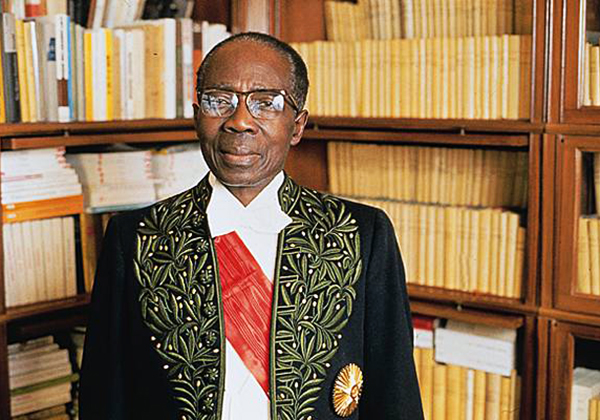Senegal certainly has its fair share of handicraft art:
jewelry, fantastic locally dyed cloth to create a variety of textiles, and
basket weaving. They also make musical instruments and utensils and other items
out of wood and materials that are readily available. Women also style their hair in a number of ways, that frankly, is an artform.
Painting has also been an art people have enjoyed for a long
time. A type of painting called “underglass painting” is quite popular among
Senegalese artists. Pictures of daily life are painted directly on the
underside of glass in reverse (I imagin) and then framed.
Sand painting is common in the rural areas. There are
different kinds of sand painting throughout the world, but in Senegal, they
typically use a kind of adhesive on a board and lay the sand down on it. Using
different colors and grades of sand, artists can create different effects. These
paintings tend to portray African scenery and ways of life or simply ethnic
designs. I really want to try my hand at this. (But let’s add glitter to the
sand!)
Today, art is very much a part of Senegal’s culture. One of
the biggest celebrations of African art is the Dakar Biennal, otherwise known
locally as Dak’Art. While it went through some program changes since its
inception in 1989, it has more or less become a showcase and promotion of the
best of contemporary African art.
I came across the works of a photographer named Omar Victor Diop. His photographs are
stunning, and I’ve noticed he likes to capture an asynchrony of time and space
as well as using a sharp contrast of colors and texture from what’s
expected.
Before the French arrived and took over, much of the
literature in Senegal was mainly relegated to poetry and stories that was
passed down orally from one generation to another. During the 19th
century, there really wasn’t that much written at all by Senegalese authors.
However, authors didn’t really start producing novels and short stories until
the early 20th century.
Today Senegalese literature certainly has carved its place
in African literature and French-language literature. Although many authors
from Senegal write in French, there are also many who publish works written in
Wolof, Pulaar, and Arabic.
One of the most well-known Senegalese authors is Léopold Sédar Senghor. Most notably, he
served as President of Senegal for its first 20 years. However, he was also a
poet known for his defense of the French language and one of the founders of
the Négritude movement of the 1930s. It basically pushed for a more Afrocentric
identity in the African diaspora around the world.
Other prominent Senegalese authors include Mariama Bâ (known for her descriptions
of polygamous society), Cheikh Hamidou
Kane (known for his novel L’Aventure
ambiguë), Fatou Diome (known for
her novel Le Ventre de l’Atlantique),
Cheikh Anta Diop (essayist), Aminata Sow Fall (known for her novel La Grève des Bàttu), Boubacar Boris Diop (novelist,
screenwriter, journalist; known for his novel Murambi, le livre des ossements), Tidiane N’Diaye (anthropologist), Ousmane Sembène (writer and film director), and Birago Diop (poet, storyteller, mostly
in folktales, active in Négritude).
Up next: music and dance








No comments:
Post a Comment